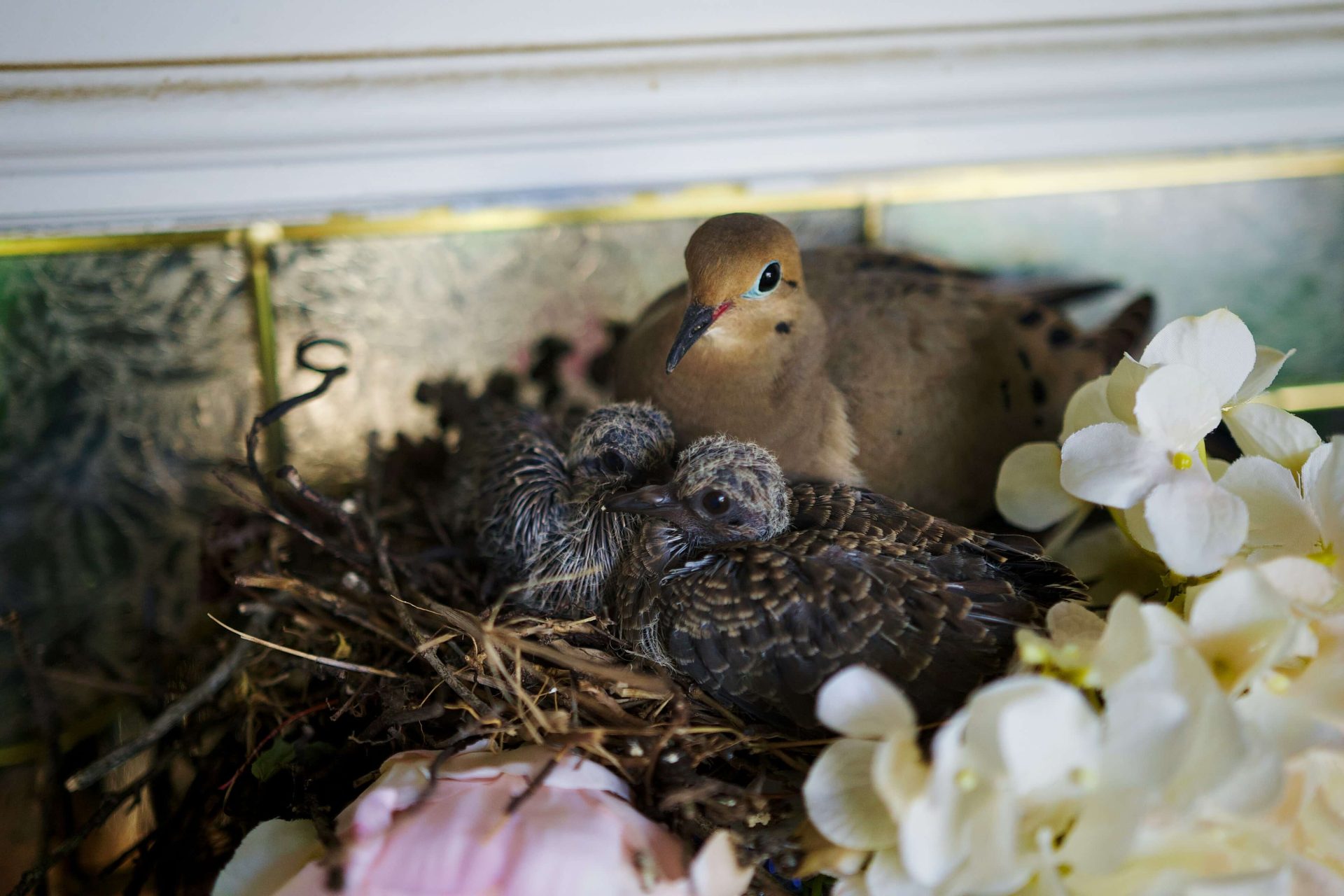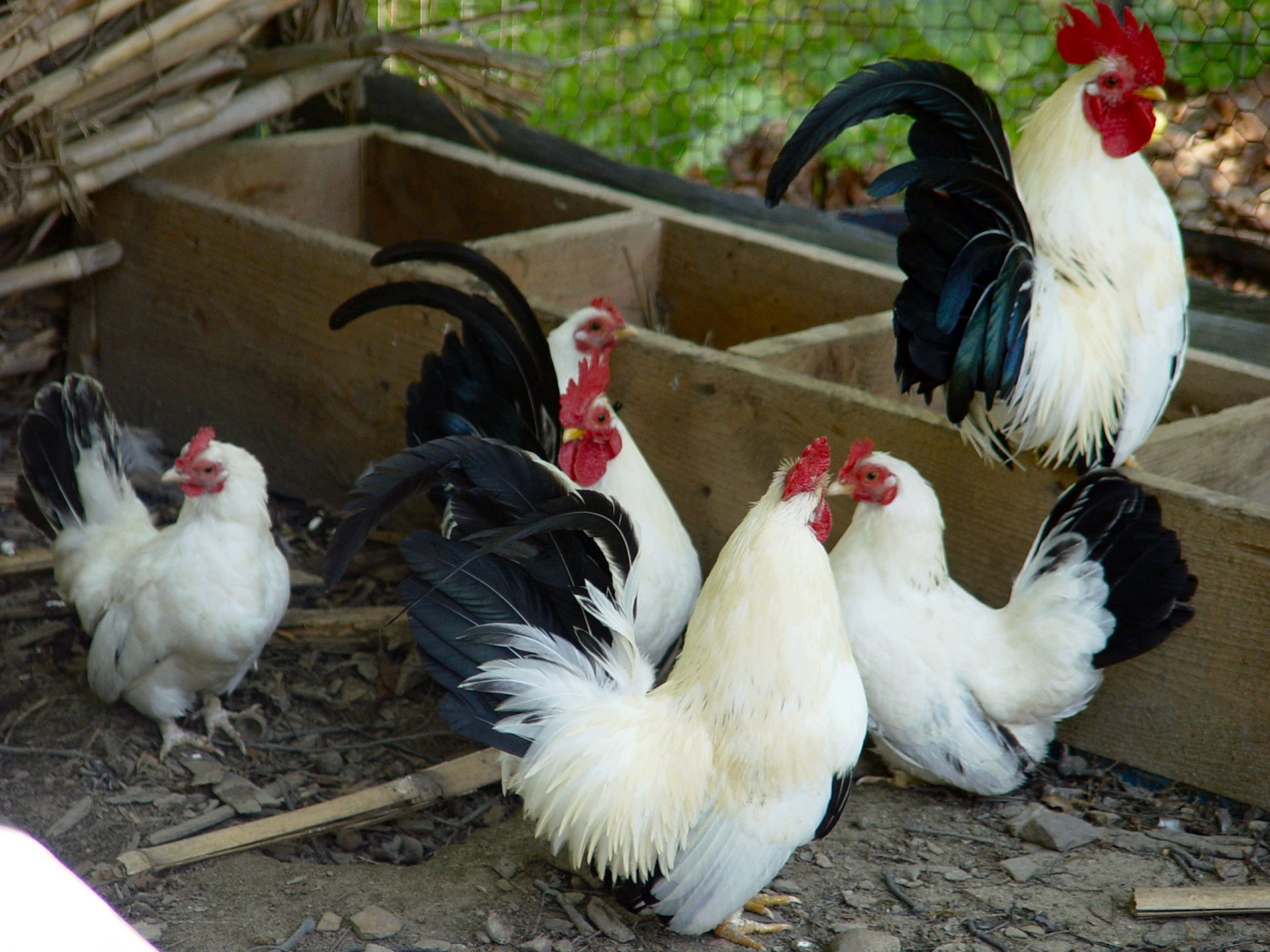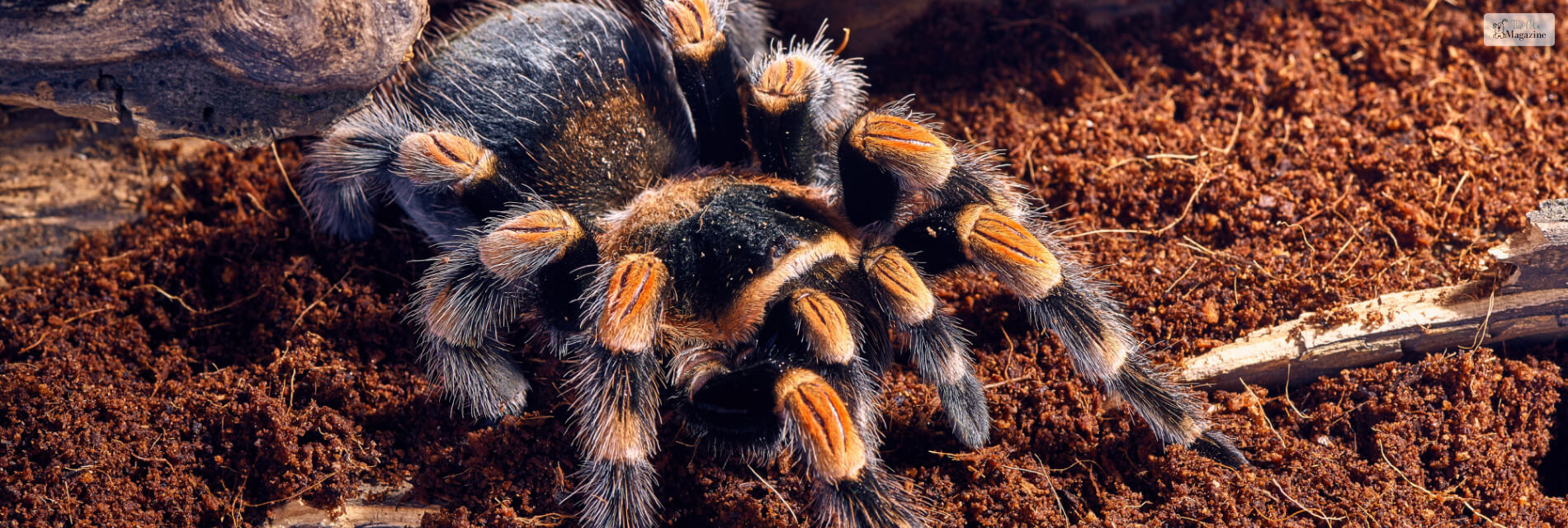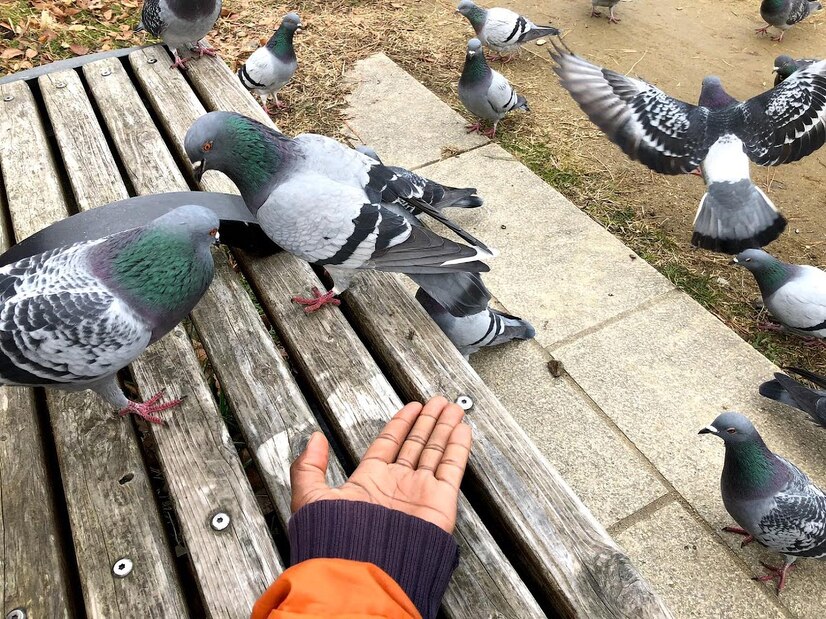Ways To Stop Pigeons Nesting And Roosting Around Your Home


Pigeons perched on windowsills of buildings or on statues or pecking away at something on the ground and leaving their calling cards on cars is a very common sight in almost all major cities around the world.
The reason why these birds have become an everyday part of city life is because they can adapt very easily to different urban situations. They are quite harmless to humans but cause a lot of damage to our houses and cars with their droppings and nesting habits.
Pigeons also multiply very quickly. Moreover, a nesting pair can have upto six broods, each containing 2 eggs per year. This means a single pair of nesting pigeons gives birth to approximately 12 new pigeons every year. They also live in large flocks that contain more than 20 birds.
Their ability to breed quickly and in large numbers has created a huge pigeon problem in many areas. Feral pigeons can be seen nesting on valuable properties, causing damage and potentially posing health risks to residents. As a result, people living in these places often search for effective ways to stop pigeons nesting around their homes. In this article, we will talk about various methods, which include both natural and artificial deterrents, that will help you keep these birds at bay.
How To Stop Pigeon Nesting Around Your Home
Using physical deterrents and modifying our property can be quite effective in preventing pigeons from settling or nestling around your home. These measures make a particular environment less appealing or accessible to pigeons. As a result, these birds cannot settle in that particular place and build their nest.
For instance, bird spikes and nets can be installed in specific places on your property where pigeons usually perch.
In addition to physical deterrents, various natural and non-physical strategies can be employed to stop pigeon nesting. These include using decoys or altering feeding patterns to discourage pigeons from congregating in certain areas, thus reducing the chances of them nesting on the property.
If one is wondering about the array of pigeon deterrent methods, OvoControl’s guide on how to get rid of pigeons effectively can provide valuable insights into comprehensive solutions.
Key Takeaways
- Feral pigeons pose a challenge by causing property damage and health risks.
- Installing physical barriers remains a highly effective method to discourage nesting.
- Combining deterrents with non-physical strategies enhances overall efficacy.
Physical Deterrents and Modifications
Several physical deterrent measures can be employed to effectively prevent pigeons from nesting around homes. These measures focus on altering the environment to make it less appealing or accessible for pigeons to roost or nest.
Spikes, Nets, and Wires
Installing Bird spikes around your property or where pigeons commonly roost is one of the most effective ways of preventing pigeons from landing on ledges, eaves, and rooftops. These pointed spikes make surfaces uncomfortable for pigeons to perch on.
Similarly, bird netting covers larger areas, such as gardens or balconies, and acts as a physical barrier that stops pigeons from entering. Installation typically requires tightening the net to avoid sagging, which pigeons might exploit. Mesh or wire products are also effective for closing off spaces beneath solar panels, where pigeons commonly nest.
Gel Repellents and Structural Changes
Gel repellents create a sticky or tacky surface that pigeons find unpleasant on their feet. The uncomfortable sensation stops them from landing or spending too much time on an area covered with gel repellents.
Some gel repellents are also made purposefully to have an iridescent quality. These repellents reflect ultraviolet light when sun rays fall on them. Only pigeons and other birds can see the ultraviolet light, but humans cannot. The shimmering, holographic effect is scary and confusing for birds and stops pigeons from landing on your property.
They are often used on thin surfaces where spikes or other deterrents can’t be easily installed. They can be acidic, creating an unwelcoming environment for pigeons to land on. Additionally, structural changes to properties, such as altering the angle of ledges or sealing off nooks, can prevent pigeons from finding suitable nesting spots.
Professional Installations
Professional installation of pigeon deterrents may be considered for property owners seeking a more permanent and maintenance-free solution. These experts can assess the property and recommend the best combination of spikes, nets, and structural modifications that blend well with the building’s aesthetics while being effective against pigeon nesting and roosting. Professional services ensure that the installation complies with local wildlife protection laws, considering the humane treatment of birds.
Natural and Non-Physical Strategies
Natural and non-physical strategies for pigeon deterrence are crucial for preventing pigeons from nesting around homes without causing harm. These methods offer a variety of approaches, from leveraging natural pigeon predators to implementing community-wide education efforts.
Biological Deterrents
Biological deterrents leverage the pigeon’s natural fear of predators. One can employ predator decoys such as models of owls and hawks. These figures should be moved periodically to prevent pigeons from recognizing them as harmless. Real cats can also serve as effective deterrents. Their presence can make the environment seem unsafe and uncomfortable for pigeons looking to nest.
Chemical Repellents
For a non-physical approach, bird-repellent gel, a sticky substance, creates an unwelcoming surface for pigeons to land on. Although non-toxic, it makes roosting areas uncomfortable. Natural repellents like peppermint oil may also deter pigeon nesting due to their sensitivity to strong scents.
Community Measures and Education
Utilizing community measures is key in controlling pigeon nesting and settling. Initiatives to keep areas clean and reduce trash can significantly lessen attraction for pigeons. Educating the community about diseases related to pigeon droppings, such as histoplasmosis, cryptococcosis, and psittacosis, will highlight the importance of pigeon deterrence. Collective efforts informed by OvoControl’s guide on how to get rid of pigeons effectively can lead to more sustainable and successful outcomes.
Conclusion
Homeowners have a variety of effective deterrents at their disposal to address the issue of pigeon nesting. Reflective objects, bird netting, and protective spikes are proven methods that provide results while remaining humane.
They must also consider community collaboration and property-specific strategies to achieve the best outcome. Adhering to local laws and opting for solutions that focus on long-term prevention and control is crucial.
READ ALSO:









Leave A Comment